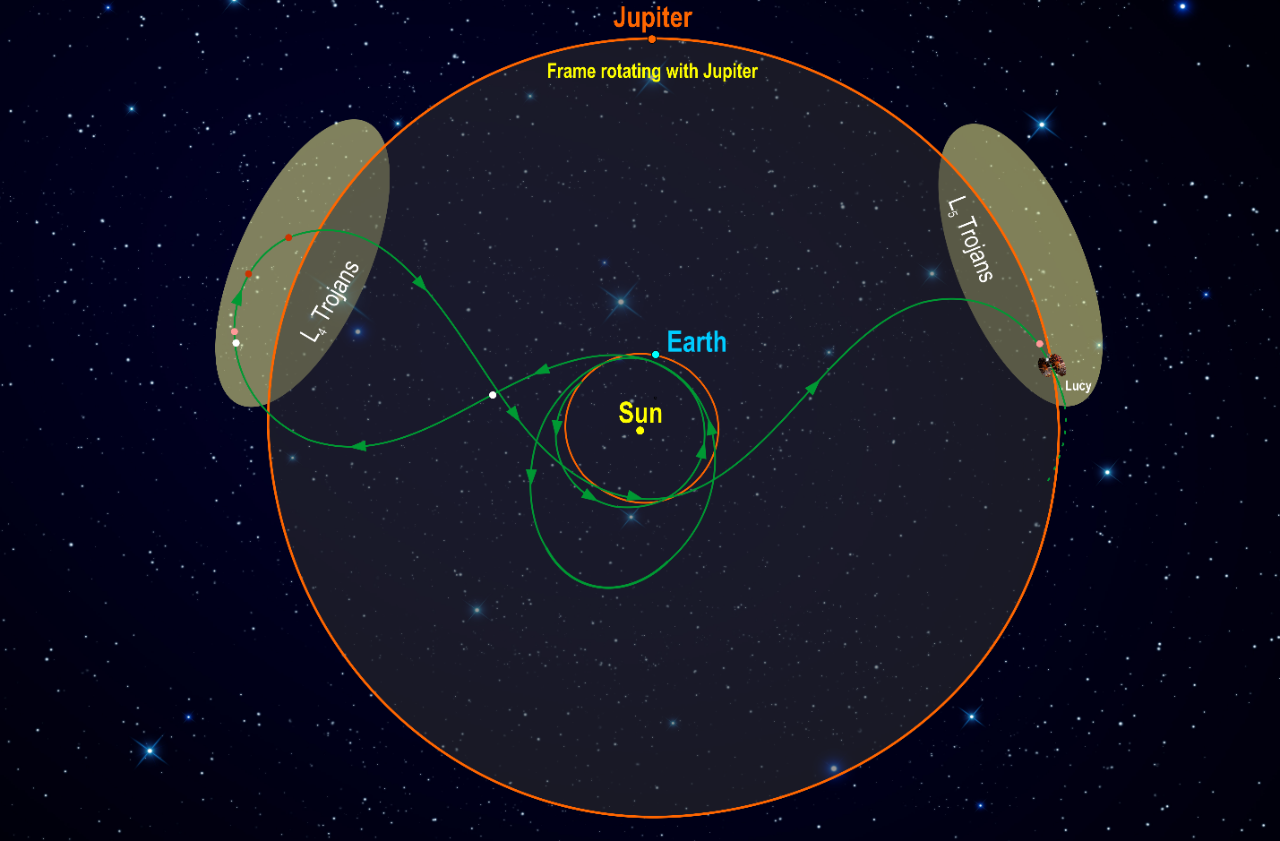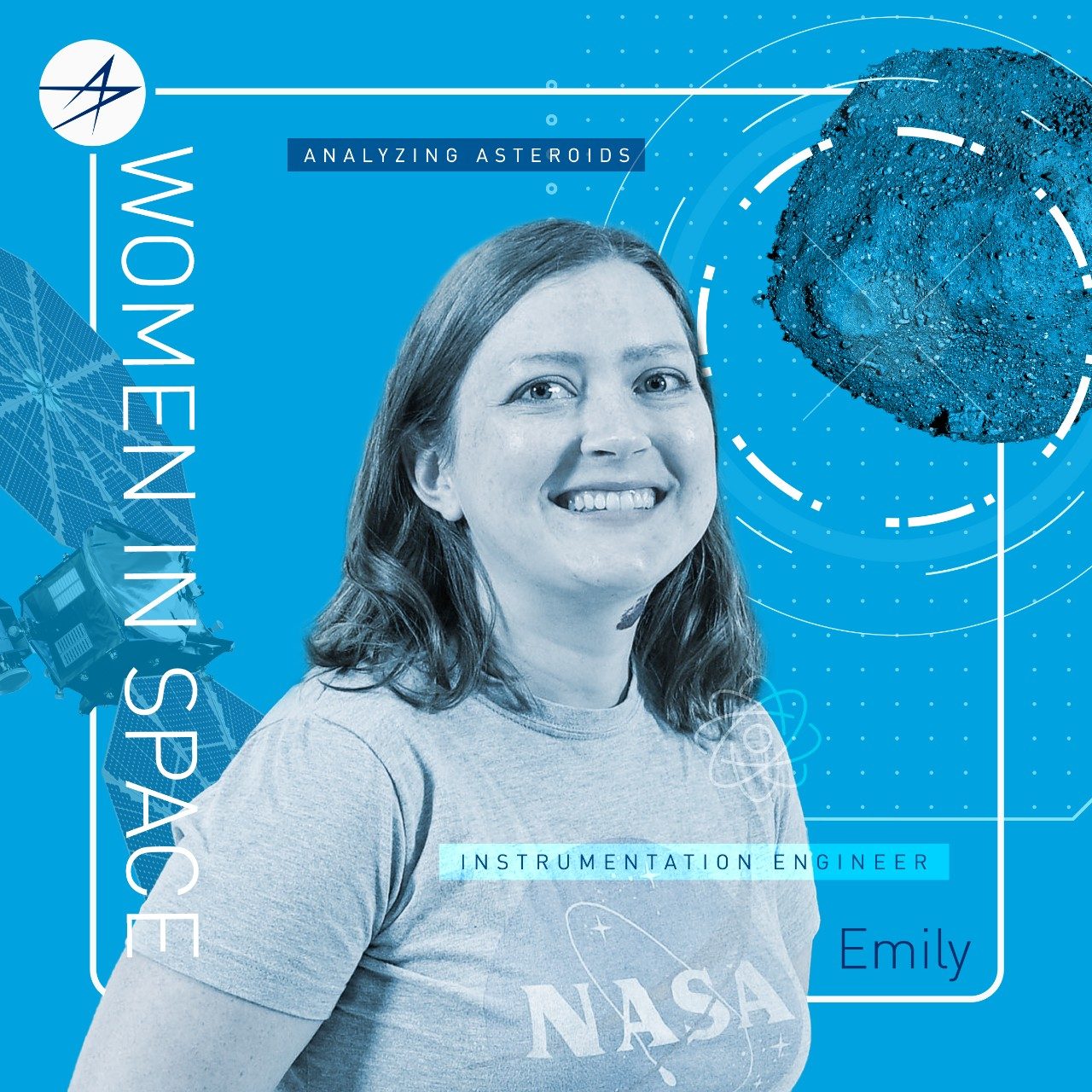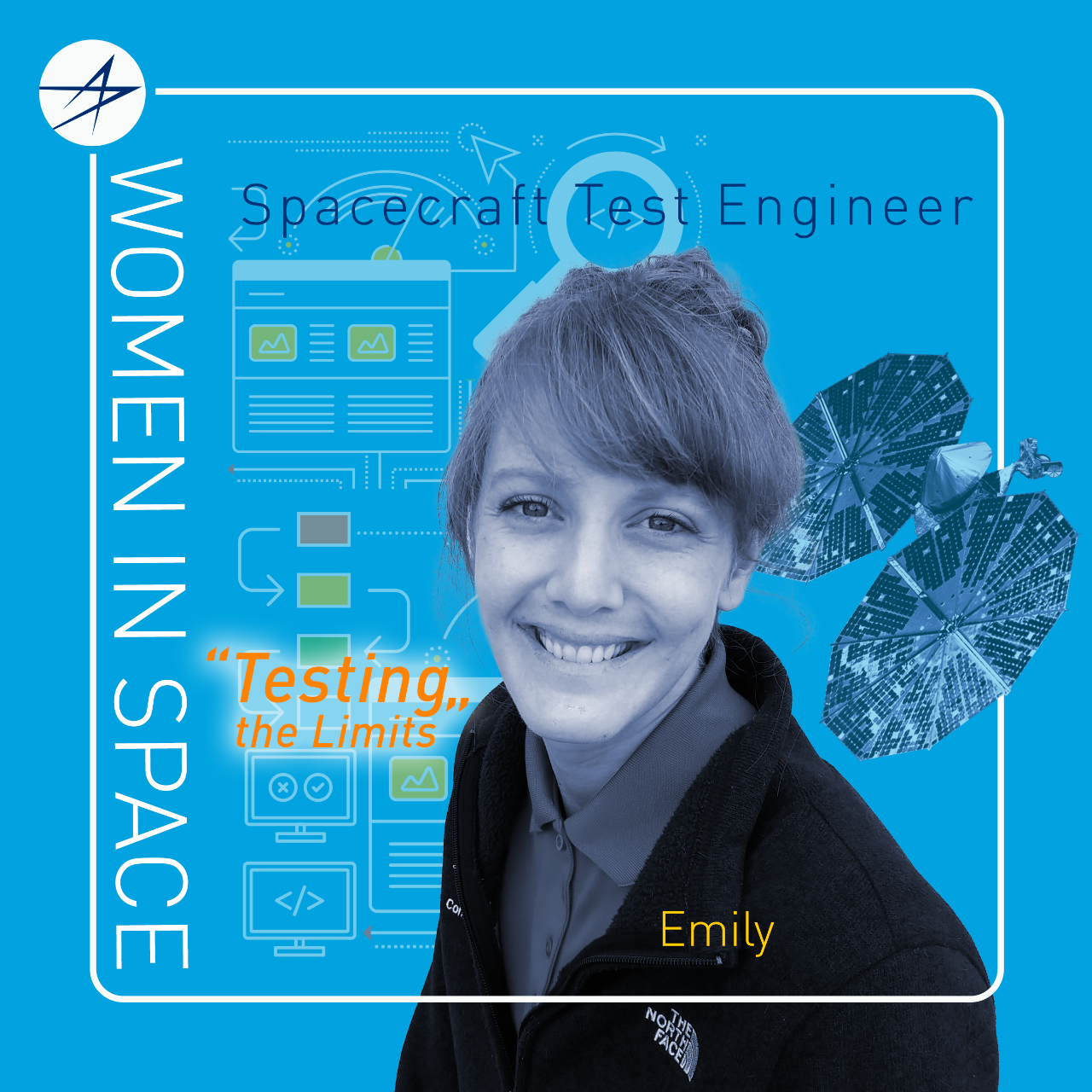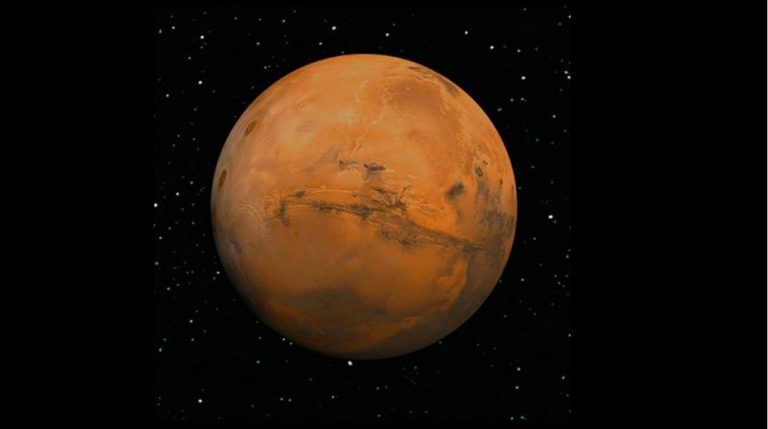NASA's Lucy spacecraft successfully completed its second asteroid encounter on April 20, 2025.
NASA's Lucy spacecraft has successfully completed its flyby of the main belt asteroid Donaldjohanson. The closest approach to the asteroid occurred on Sunday at 1:51 pm EDT. Initial reports indicate the spacecraft is in good health following the encounter.
The Lucy operations team has initiated the process of downloading the valuable data collected during the flyby. This data will provide crucial insights into the asteroid Donaldjohanson, a relatively young asteroid that offers scientists a unique glimpse into the early solar system. The successful flyby of Donaldjohanson marks an important milestone for the Lucy mission, as it prepares the spacecraft and its team for the main objective: exploring the Jupiter Trojan asteroids beginning in 2027. The knowledge gained from this encounter will be instrumental in ensuring the success of the mission's primary goals.
Meet Lucy — a first-of-its-kind spacecraft for NASA that will explore Jupiter’s elusive Trojan asteroids.
Scientists believe these asteroids are some of the oldest remnants from the formation of our solar system 4.5 billion years ago. Lucy will help scientists discover more about our origins than ever before, as the Discovery-class mission endeavors to take the first ever close-up images of these asteroids.
Lucy successfully launched Oct. 16, 2021, and will visit ten asteroids over 12 years — two asteroids in the main belt between Mars and Jupiter, and eight Trojan asteroids leading and trailing Jupiter in its orbit.
Why the name "Lucy?"
The spacecraft’s name is a nod to the 3.2-million-year-old hominin skeleton dubbed “Lucy” by its discoverers. Much like the fossil Lucy advanced our knowledge of human evolution, the Lucy spacecraft will endeavor to uncover new knowledge about the origins of our solar system and planets.
It will do this by studying the geology, surface composition and physical properties of the primitive Trojan asteroids, otherwise known as the “fossils” of the solar system.

Technology aboard the Lucy spacecraft
Lucy will carry some extremely advanced scientific instruments. After all, when you’re visiting something that’s never been seen before, you come prepared.
The spacecraft will carry updated versions of three heritage instruments:
- L’Ralph, NASA Goddard Space Flight Center – This camera is capable of taking images of the Trojan asteroids on the visible and infrared spectrums. Its images will help scientists determine what the Trojans’ surfaces are made of as they look for the presence of things like ice, hydrated minerals and other organic materials.
- L’LORRI (Long Range Reconnaissance Imager), Johns Hopkins Applied Physics Laboratory – Functioning like the Hubble Space Telescope, this telescopic camera will take black and white images of the Trojans from afar and produce incredibly detailed, high resolution visuals of things like craters on their surfaces — even though the asteroids are not illuminated by any light source. If you were standing on one end of a football field, you’d be able to see a fly on the other end of the field with L’LORRI! Thanks to its ability to look across large distances, L’LORRI will also help Lucy orient itself and navigate through space.
- L’TES (Thermal Emission Spectrometer), Arizona State University – Think of this as the world’s most sophisticated thermometer. It will measure the infrared energy emitted by the asteroids as the sun warms them and detect unique spectral signatures of individual minerals and other surface properties.
Lucy builds on years of technology from numerous Lockheed Martin planetary missions like Mars Odyssey, OSIRIS-REx and InSight, among others.
How Lucy Found its Way

Why study the Trojan asteroids?
Scientists believe the Trojan asteroids leading and trailing Jupiter are very early remnants from the creation of our solar system that were scattered and later captured in Jupiter’s orbit.
Without excess space debris floating around far out in our solar system, scientists also believe the Trojan asteroids remain relatively unblemished for more than four billion years — making them a perfect time capsule.
These asteroids — which draw their name from a similarly epic story in Greek mythology — may contain carbon, water and other volatile compounds necessary for life and could possibly give us a glimpse into the physical environment that existed when the planets formed, as well as the conditions that fostered their formation.
Until now, scientists have only been able to study these small, primitive bodies with ground-based and Earth-orbiting telescopes. That changes with Lucy.
Lucy will lift off from Cape Canaveral Space Force Station within its 23-day launch window which opens Oct. 16, 2021. From there, it will visit its first asteroid in the main belt in 2025 and then begin its study of seven Trojan asteroids in 2027.







.jpg.pc-adaptive.768.medium.jpg)


